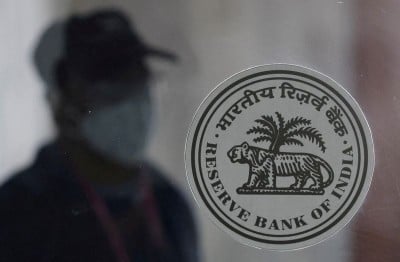In the ever-evolving automotive industry, managing unsold SUVs can be a significant challenge for both manufacturers and dealers. Whether it’s due to shifting consumer preferences, market fluctuations, or unforeseen circumstances, dealing with excess inventory requires a strategic approach. This article delves into five key strategies for effectively managing unsold SUVs, optimizing profitability, and maintaining a healthy balance between supply and demand.

Diversify Inventory One way to tackle unsold SUVs is by diversifying your inventory. Explore the option of offering different SUV models, sizes, and trims to cater to various consumer preferences. This approach can help you better align your inventory with market demand and reduce the risk of accumulating unsold units of a single model.
Stay Informed About Market Trends:Market trends can shift rapidly, and staying informed is crucial. Regularly analyze consumer preferences, economic conditions, and environmental factors. This knowledge allows you to anticipate changes in demand, adjust production accordingly, and make informed decisions about your inventory.
Implement Robust Marketing Strategies:Effective marketing is key to managing unsold SUVs. Create compelling marketing campaigns that highlight the unique features and advantages of your SUVs. Consider offering special promotions, such as zero-interest financing or extended warranties, to attract potential buyers.
Offer Flexible Leasing Options : Leasing can be an attractive alternative to buying, especially for consumers who may be uncertain about committing to a purchase. By offering flexible leasing options with competitive terms, you can tap into a broader customer base and reduce your unsold SUVs.
Explore Partnerships : Collaborating with local businesses can provide unique solutions. Consider partnerships with rental agencies, car-sharing services, or ride-sharing companies. These collaborations can open new avenues for reducing your unsold inventory while creating mutually beneficial relationships within your community.
In the ever-evolving landscape of the automotive industry, the effective management of unsold SUVs demands a dynamic and flexible approach. By diversifying your inventory to cater to varied consumer preferences and staying well-informed about market trends, you can stay one step ahead of shifting demand. These strategies enable you to make timely adjustments to production and inventory levels, reducing the risk of accumulating unsold SUVs of a particular model.
Robust marketing campaigns that highlight the unique features and advantages of your SUVs, combined with enticing promotions, are instrumental in attracting potential buyers. Remember that consumers are not just looking for vehicles; they seek value, and your marketing efforts can provide the compelling narrative they need.
Offering flexible leasing options provides an appealing alternative to traditional purchases, aligning your strategy with changing consumer preferences. Such flexibility can significantly reduce your unsold inventory.
Exploring partnerships with local businesses offers unique solutions to address unsold SUVs. These collaborations create mutually beneficial relationships within your community while helping you find new avenues for reducing excess inventory.
Ultimately, managing unsold SUVs requires a balance of adaptability and innovative solutions. By implementing the strategies discussed, you can minimize the impact of unsold vehicles, turning this challenge into an opportunity for growth and profitability. Remember that the automotive industry is a dynamic, ever-changing environment, and your ability to adapt and creatively solve problems will be key to your success.








